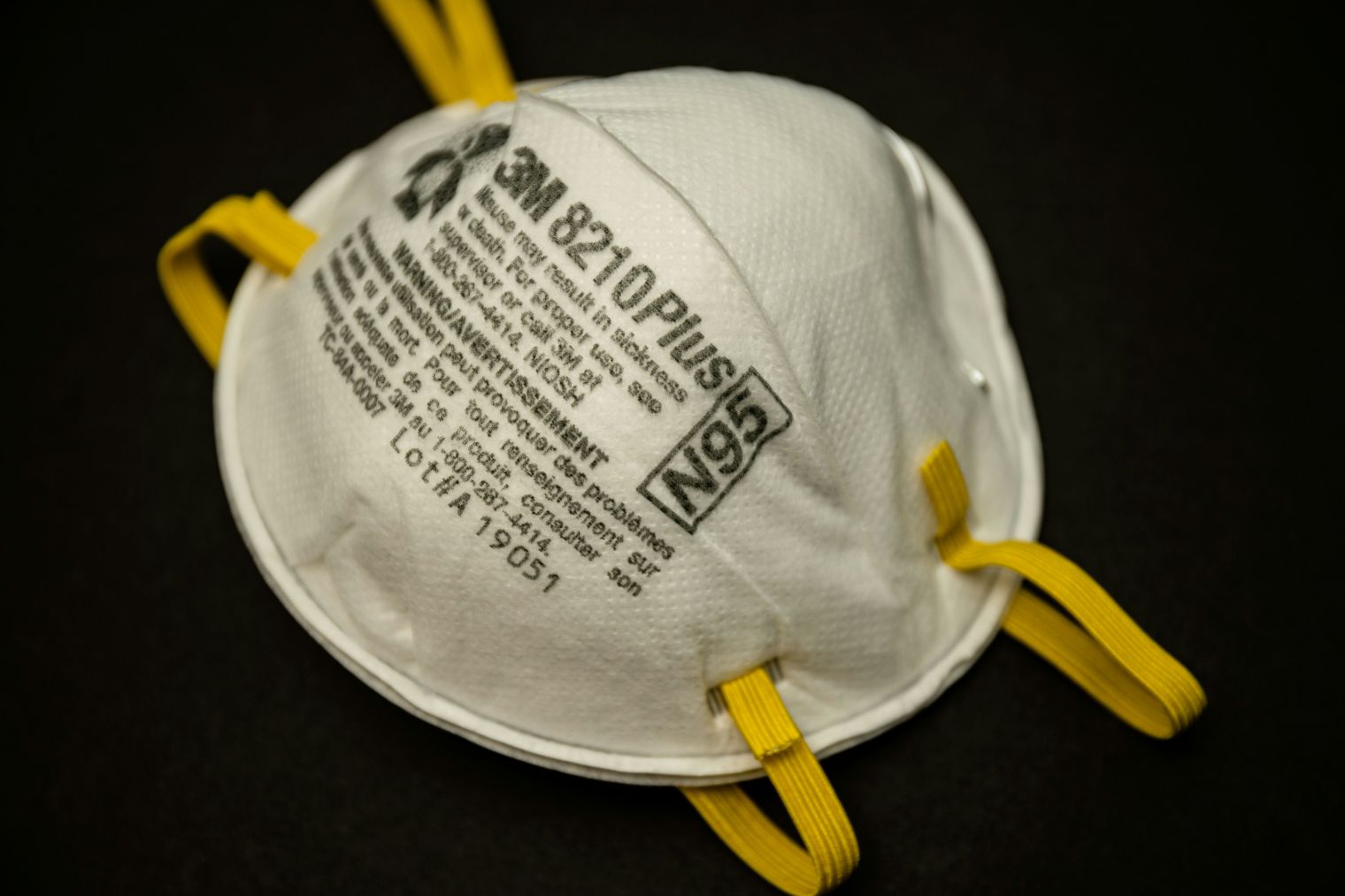Have you ever noticed how the right medical wear can significantly impact your shift? When it comes to choosing scrubs and N95 respirators, the focus needs to be on finding gear that aligns with your body and daily routine.
Your comfort and protection during long clinical shifts shouldn’t be left to chance, which is why understanding how different styles and fits work with your specific needs can be extremely helpful. By focusing on key features like ergonomic design, proper sealing, and strategic pocket placement, you may be able to find medical wear that functions effectively while offering meaningful support.
Finding Styles for All-Day Wear
Your comfort during long clinical shifts is often influenced by the medical wear you choose. Scrubs with ergonomic design and thoughtful construction can contribute to improved focus and mobility. Smart fabric selections, paired with quality craftsmanship, may improve your ability to stay centered on patient care rather than adjusting ill-fitting clothing.
Scrubs that combine flexibility with durability have been found to support bending, reaching, and movement common in clinical environments. Look for features like double-needle stitching and elastic that tend to retain their shape with continued use.
Scrubs should ideally provide comfort similar to a second skin, with enough give to handle physical activity without causing unnecessary restriction.
Consider evaluating how the fabric feels post-wash; durable materials are more likely to remain soft and well-fitted over time. The right balance between fit and material quality can minimize distractions, allowing greater attention to patients.
Evaluating Respirator Protection and Compliance
Face masks and respirators play a vital role in healthcare settings, with their effectiveness directly tied to proper usage and fit.
Regular mask wearing has proven to significantly reduce virus transmission, showing lower odds of testing positive for SARS-CoV-2 in indoor public spaces. Selecting medical-grade NIOSH N95 respirators helps ensure you’re using protection that meets established safety standards. The infographic below compares the differences in mask types and their effectiveness:
The key factors that determine a respirator’s effectiveness include proper fit, seal quality, and wearing consistency. Here are the essential elements to consider when evaluating respiratory protection:
- Seal integrity around the nose bridge and chin
- Comfortable straps that maintain tension without causing pain
- Adequate breathing space between the mask and mouth
- Material quality that maintains structure during extended wear
A properly fitted N95 respirator should create a reliable seal against your face while still allowing comfortable breathing. The mask shouldn’t shift during movement or talking, and you shouldn’t feel any air leaking around the edges.
Assessing Mask Effectiveness in Practice
The design of N95 masks can influence their ability to offer protection. Mask shape, fit, and material all contribute to how they perform under clinical conditions.
Some data suggest that duckbill-style N95s perform well in filtration tests, blocking a high percentage of large particles. However, results may vary depending on how each user fits the mask.
The ideal mask should be selected based on your face shape and the specific duties you perform. Effectiveness is tied not only to design but also to consistent and proper usage.
Comparing Mask Fastenings for Security

How a mask attaches to the face can impact its performance. While ear loop masks are commonly used for convenience, other fastening styles may offer stronger seals.
One study suggested that tie-style masks had greater average filtration rates than ear loops. These findings highlight the potential benefits of secure fastening.
When evaluating fastening methods, consider the following:
- Tie-style allows custom fit adjustments
- Double-tied masks may hold better during movement
- Ear loops offer quick convenience
- Elastic bands may offer uniform pressure
You may want to test different fastening styles in work settings to find what aligns with your comfort and job needs.
Prioritizing Personal Fit and Real-World Function
Finding protective gear that suits your individual needs often requires trial and observation. Factors such as body type, activity level, and specific duties can influence what gear is most functional for you.
The right gear can contribute to job focus and efficiency. Testing different scrubs and masks through actual movements and workflows may reveal which options integrate ideally with your role.
Balancing Comfort with Long-Term Durability
Medical professionals require apparel that withstands frequent wear and washing while maintaining comfort. Scrubs and N95s that combine durability with a consistent fit tend to improve job performance over time.
While high-quality items may carry a higher upfront cost, their durability and continued usability can make them a more practical option over time.
Proper maintenance routines help extend gear life and uphold comfort and safety standards in the clinical environment.
Reliable Workwear for Reliable Care
Choosing the right scrubs and respirators can influence your effectiveness during long healthcare shifts. The focus shouldn’t just be comfort—it should include functionality, compliance, and the ability to support you through daily responsibilities.
Spending time to evaluate different fits and features is not only a personal benefit, but a long-term investment in your health and professional performance.
Disclaimer: The content provided in this article is for informational purposes only and does not constitute medical, legal, or professional advice. The products, brands, or styles mentioned are referenced for illustrative purposes and are not endorsed or guaranteed for performance. Individual needs and preferences may vary, and readers are encouraged to consult qualified professionals before making decisions regarding protective workwear or healthcare equipment. No claims are made regarding the efficacy or safety of specific items unless supported by publicly available data or regulatory guidance. Always follow official guidelines and manufacturer instructions when using medical-grade protective ge

















